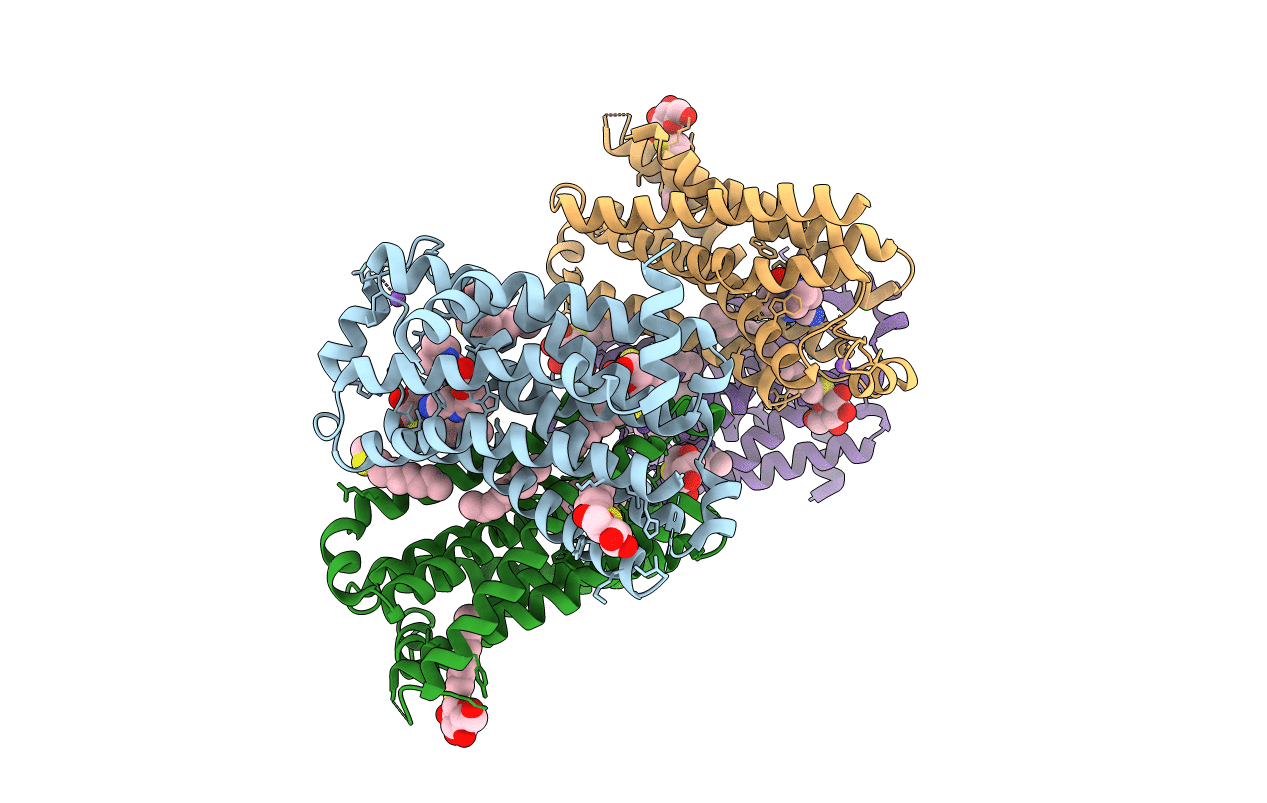
Deposition Date
2008-05-09
Release Date
2008-06-24
Last Version Date
2025-07-16
Entry Detail
PDB ID:
2VT4
Keywords:
Title:
TURKEY BETA1 ADRENERGIC RECEPTOR WITH STABILISING MUTATIONS AND BOUND CYANOPINDOLOL
Biological Source:
Source Organism:
MELEAGRIS GALLOPAVO (Taxon ID: 9103)
Host Organism:
Method Details:
Experimental Method:
Resolution:
2.70 Å
R-Value Free:
0.26
R-Value Work:
0.21
R-Value Observed:
0.21
Space Group:
P 1


